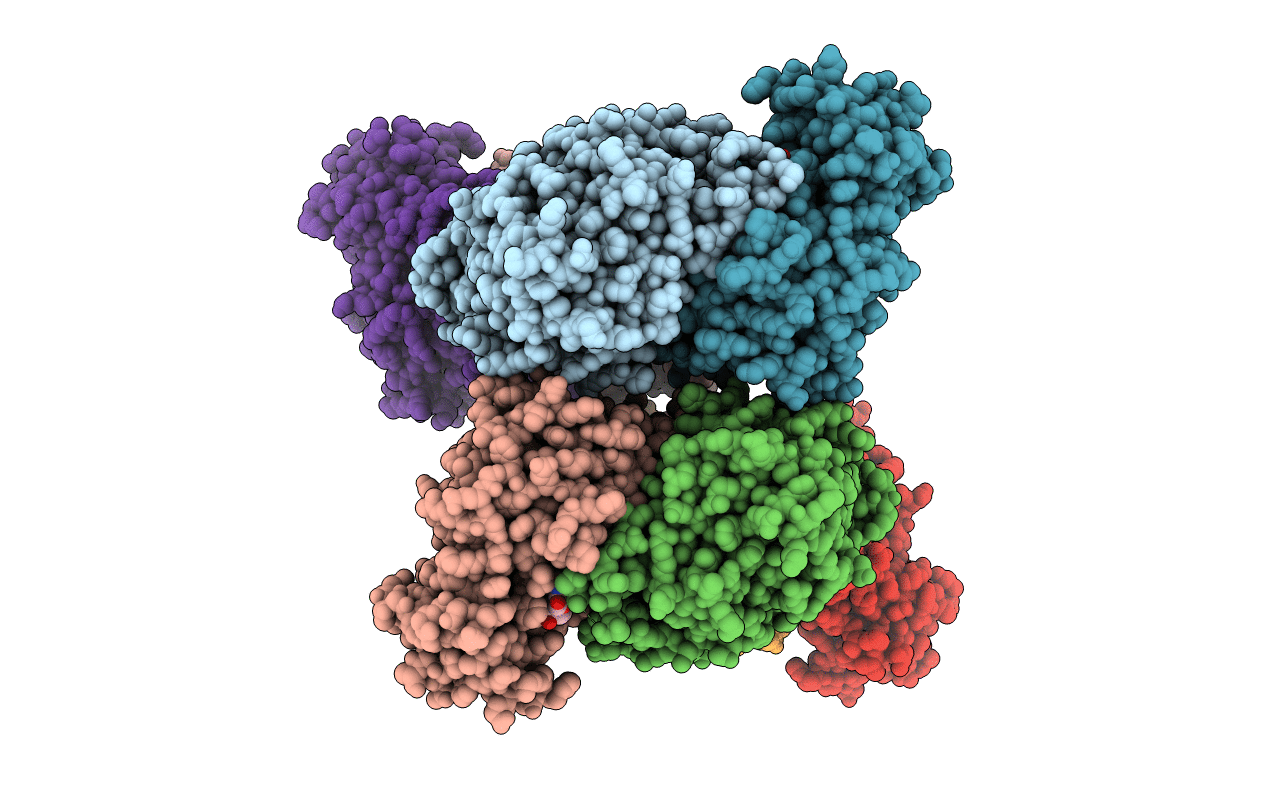
Deposition Date
2015-04-13
Release Date
2015-04-29
Last Version Date
2023-09-27
Entry Detail
PDB ID:
4ZAH
Keywords:
Title:
Crystal structure of sugar aminotransferase WecE with External Aldimine VII from Escherichia coli K-12
Biological Source:
Source Organism:
Escherichia coli (strain K12) (Taxon ID: 83333)
Host Organism:
Method Details:
Experimental Method:
Resolution:
2.24 Å
R-Value Free:
0.24
R-Value Work:
0.20
R-Value Observed:
0.20
Space Group:
P 1


